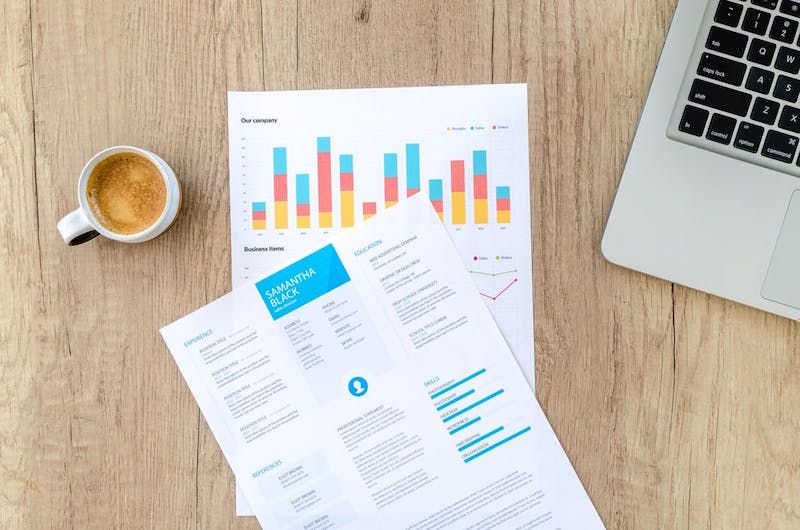Without taxation, societies wouldn’t have infrastructure, police, firefighters, most teachers, government officials – virtually everything associated with living in today’s world. The concept of taxes certainly isn’t new, and has been around since at least 3000 BC, according to historians.
Fast-forward to present times.
Here in the United States, the Internal Revenue Service requires every American citizen, resident, and even transient to report all income earned on an annual basis. Not only must such figures be disclosed – a certain percentage of revenues almost always must be paid to the Internal Revenue Service.

OK, enough history, formalities, and all that not-so-fun stuff. Let’s quit beating around the bush and discuss how to actually get started on your tax return.
What Are The Basics Of Tax Preparation?
Uncle Sam – a personified moniker for the always-lovable Internal Revenue Service – wants to know how much money people make in America. If someone earns an income, no matter how small that income is, he is legally required to file a tax return for the calendar year he earned income.
People filing taxes fill out various forms. The most basic form is Form 1040, which includes fields for identifying information – name, address, Social Security number, etc. – reporting how much income and where it came from, as well as potential deductions that can actually lower the amount of tax you may be required to pay.
Here, Take A Look
Form 1040, the United States Individual Income Tax Return, is one page, filled front and back with 79 lines.
Hint: If you need help at any time, consider looking at the Internal Revenue Service’s official website for FAQs and instructions for filling out tax forms. You won’t be able to call and solicit their help, but – trust me – the IRS’s official website is jam-packed with helpful hints, tips, guidelines, and instructions.
How Do You Want To File?
In today’s world, virtually every American files their tax returns through trusted websites or downloadable software. These programs, unlike Form 1040 and the other 400-odd tax forms throughout Internal Revenue Service archives, ask questions that are easy to understand, just like a friend, teacher, tax professional, or any other human would – in plain English.
There are a total of roughly 400 forms that people filing taxes may be required to fill out. However, the vast majority of tax filers don’t have to fill out anything more than the standard Form 1040.
If you opt to file electronically, ignore anything above mentioning Form 1040, or any tax form, for that matter. Again, these programs and websites don’t make patrons feel alienated like traditional Internal Revenue Service tax forms do.
The Difference Between Form 1040, 1040A, 1040EZ, And 1040X
Form 1040 is the golden standard of tax forms required by the United States Internal Revenue Service. Here is a brief differentiation between the other three types of Form 1040:
short form Hint: Unless you’re mega-rich, you are best off sticking with the standard deduction.
- 1040A – Colloquially known as the short form, this iteration of Form 1040 is for taxpayers boasting taxable incomes of less than $100,000. They also must opt for the standard deduction, rather than be itemizing. Hint: Unless you’re mega-rich, you are best off sticking with the standard deduction.
- 1040EZ – Also known as the “easy form,” Form 1040EZ requires its users to host taxable incomes less than $100,000, must take the standard deduction, and have no dependents one could possibly claim.
- 1040X – This form differs from the other Forms 1040 because it is only used to correct any fudge-ups made on Form 1040, 1040A, and 1040EZ.
What Might Someone Need Prior To Kicking Off Tax Prep Time?
Bank account and routing number, if you want direct deposit for a refund. One of the many advantages of direct deposit is that refunds – if applicable – typically arrive within 7 to 14 days. Checks via mail take quite longer.
Show concrete proof of all income and deductions. Dig up last year’s return and find its AGI, or adjusted gross income.
One of many benefits of being prepared for tax preparation is that you won’t have to leave your tax-filing post once you’ve started. As such, bring all W2 forms to prove income, 1098 if you have a mortgage, SSA-1099 if you’re receiving Social Security, and one of the Forms 1099 for any investments.
